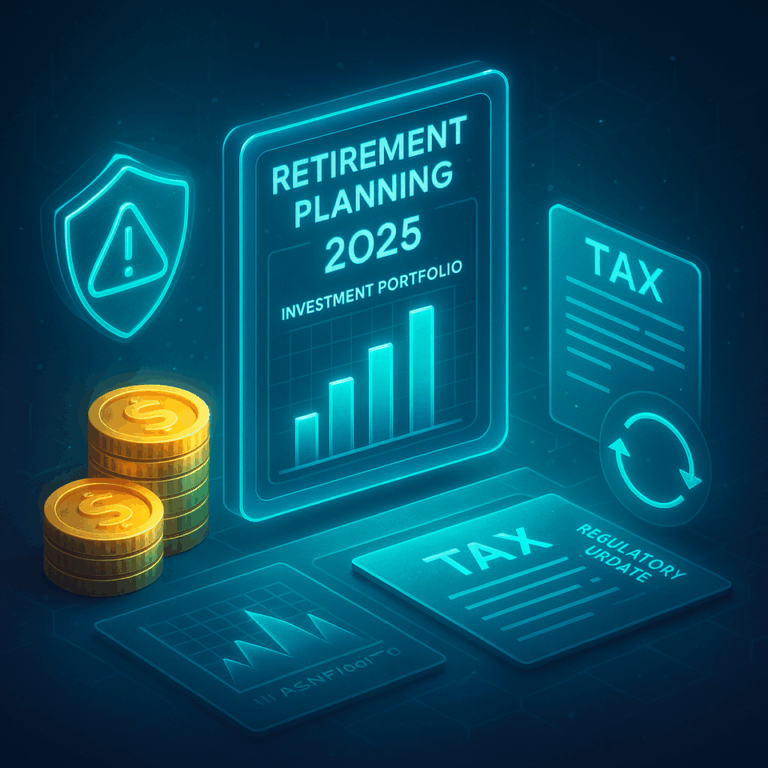As of 2022, retirement planning continues to be one of the most important aspects of financial security, and pension plans remain a cornerstone of this process for millions of people worldwide. With rising life expectancy, healthcare costs, and uncertain economic conditions, ensuring a reliable source of income in retirement has never been more critical. Pension plans are designed to provide stability and predictability, helping individuals transition from their working years into a secure retirement. Understanding how pension plans work, their advantages, and their limitations is essential for anyone committed to building a resilient financial future.
What Is a Pension Plan
A pension plan is a retirement arrangement in which employers, employees, or both contribute to a fund that is managed on behalf of workers. Upon retirement, participants receive regular payments, typically monthly, that replace their income from employment. Unlike personal retirement accounts that depend heavily on individual investment decisions, pension plans are structured to provide guaranteed income, offering a sense of certainty for retirees. They are often categorized into defined benefit and defined contribution plans, each with distinct features.
Types of Pension Plans
The two primary types of pension plans are defined benefit plans and defined contribution plans. A defined benefit plan promises retirees a fixed payout based on factors such as years of service, salary history, and age at retirement. This traditional model has become less common in the private sector but remains prevalent in government employment. Defined contribution plans, on the other hand, do not guarantee a specific payout. Instead, contributions are invested, and retirement income depends on the performance of those investments. Popular examples include 401(k) plans in the United States.
Benefits of Pension Plans
Pension plans provide several advantages that make them attractive components of retirement strategies. They offer predictable income, which helps retirees cover essential expenses without worrying about market fluctuations. Many pension plans are employer-sponsored, meaning workers benefit from contributions beyond their own. Additionally, pension contributions and growth often receive favorable tax treatment, enhancing long-term savings potential. For individuals who value financial stability, pension plans provide peace of mind and protection against the risk of outliving personal savings.
Challenges and Limitations
Despite their advantages, pension plans face several challenges. Defined benefit plans are costly for employers to maintain, leading many private companies to phase them out. Defined contribution plans shift investment risk to employees, making retirement income less predictable. Inflation can also erode the purchasing power of fixed pension payments over time, leaving retirees vulnerable to rising costs. Furthermore, access to pension plans varies globally, with some workers relying primarily on personal savings or government programs to supplement retirement income.
Pension Plans and Retirement Planning
Pension plans play a central role in retirement planning, but they are most effective when combined with other financial tools. Diversification through personal savings accounts, investments, and insurance helps protect against uncertainties that pensions alone cannot cover. Individuals should also consider healthcare expenses, inflation, and longevity when planning retirement. While pension plans provide a strong foundation, long-term security often requires integrating them into a broader financial strategy tailored to personal goals and circumstances.
The Future of Pension Plans
The landscape of pension plans is evolving as demographics, economics, and technology reshape retirement systems. Many governments and employers are exploring hybrid models that combine elements of defined benefit and defined contribution plans. Digital platforms are making retirement planning more accessible, offering tools to estimate pension income and optimize savings strategies. As populations age, policymakers are under pressure to ensure the sustainability of pension systems while balancing affordability for employers and adequacy for retirees.
Conclusion
Pension plans remain a vital component of retirement security, providing dependable income for millions of retirees around the world. While they face challenges such as inflation and shifting responsibility from employers to employees, their role in building financial stability is undeniable. As of 2022, pension plans continue to adapt to changing economic realities, and understanding their structure and importance is essential for anyone committed to long-term financial planning. By combining pensions with other savings and investment strategies, individuals can create a comprehensive retirement plan that ensures peace of mind and lasting financial security.







